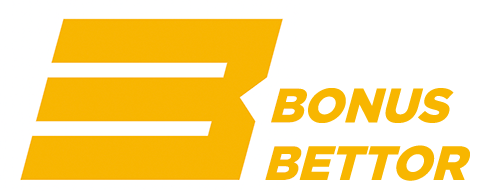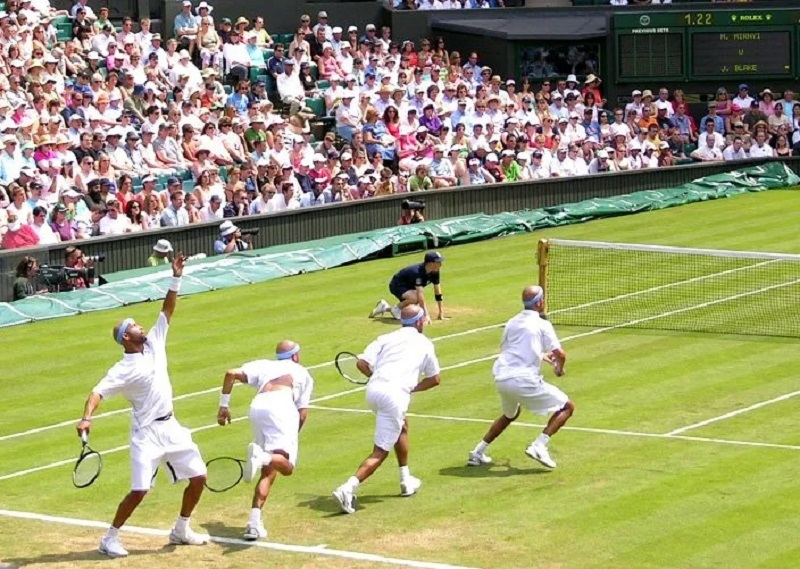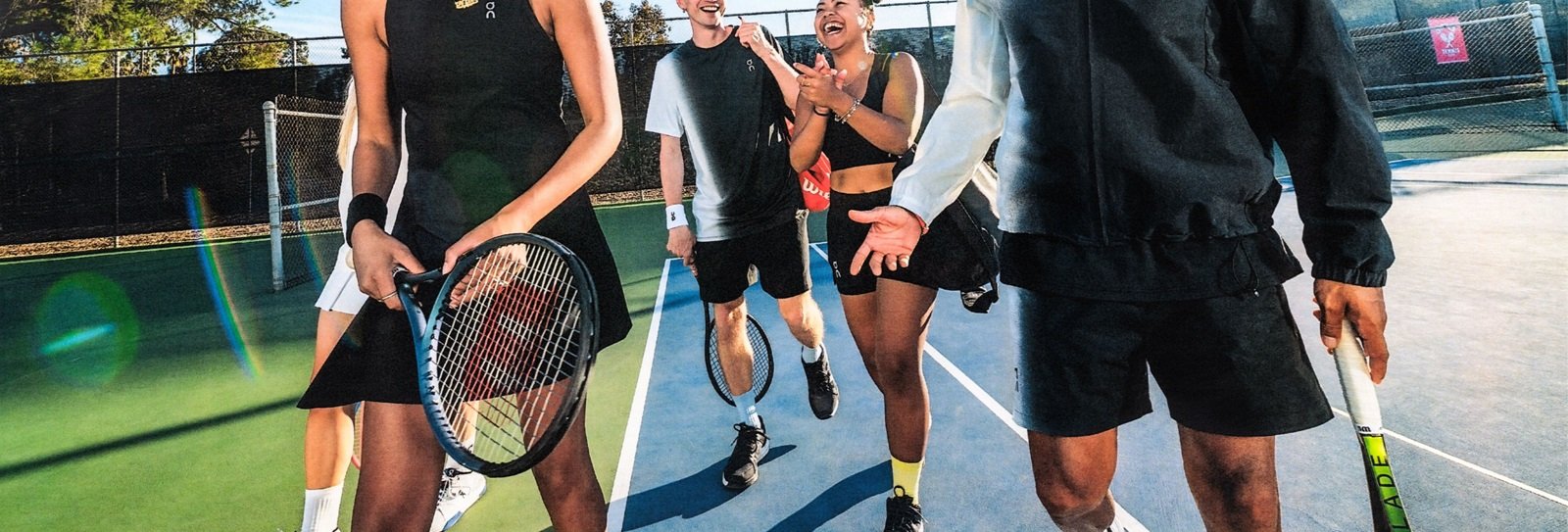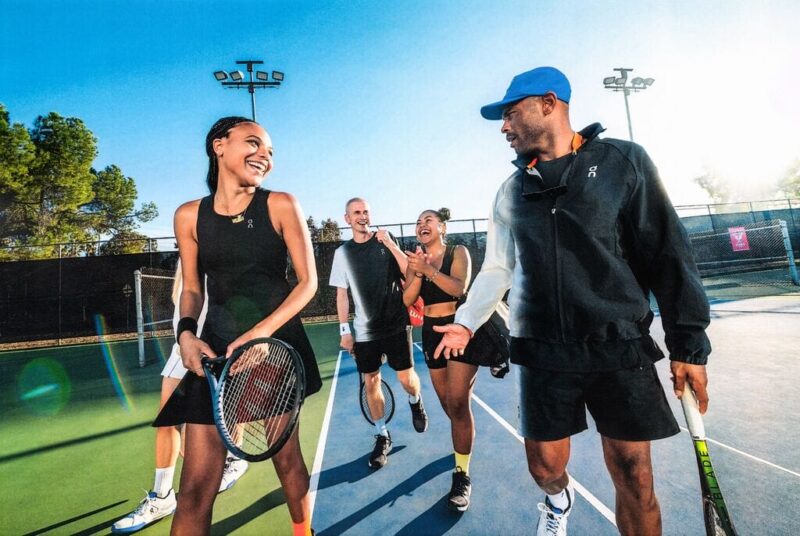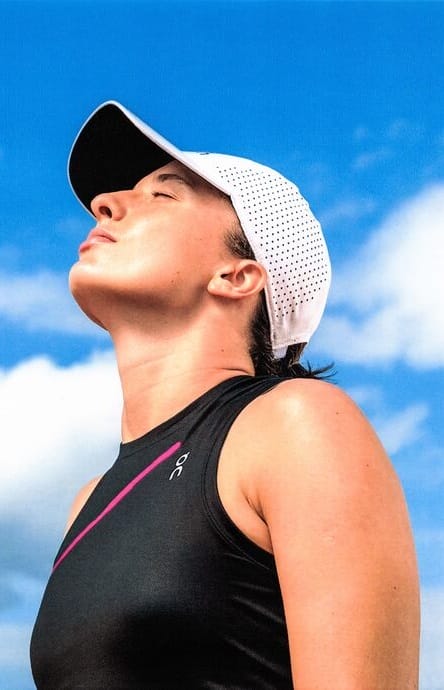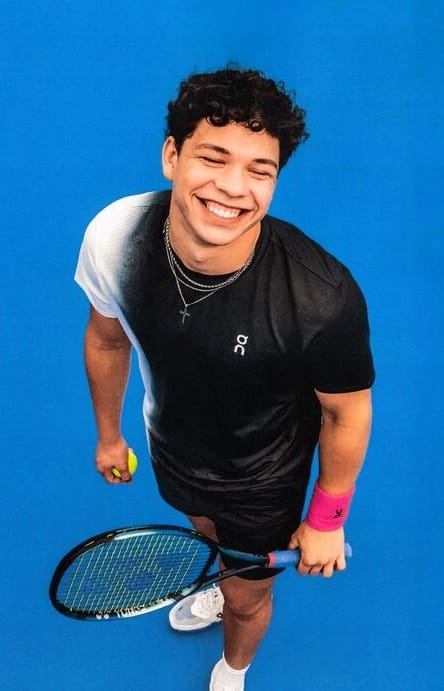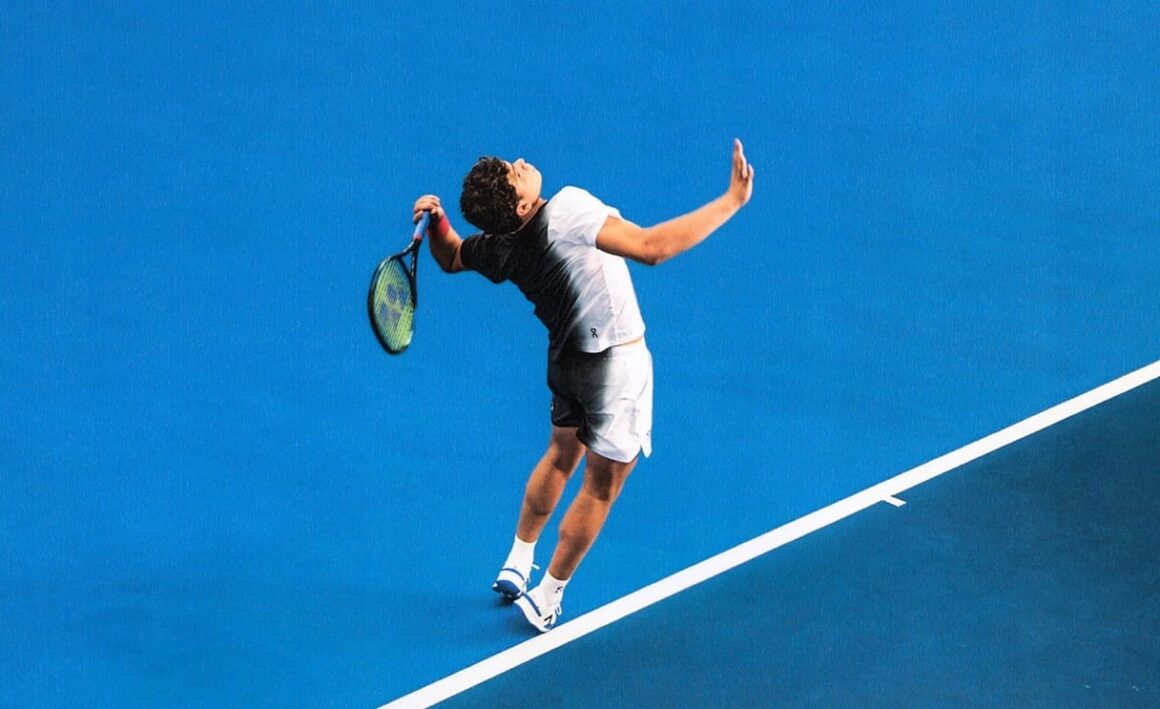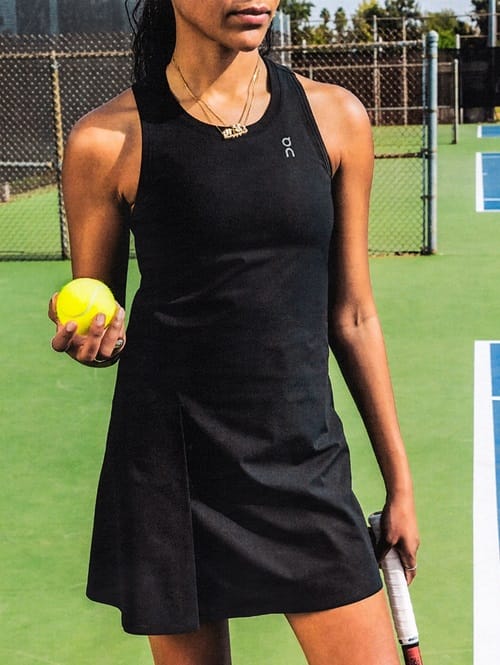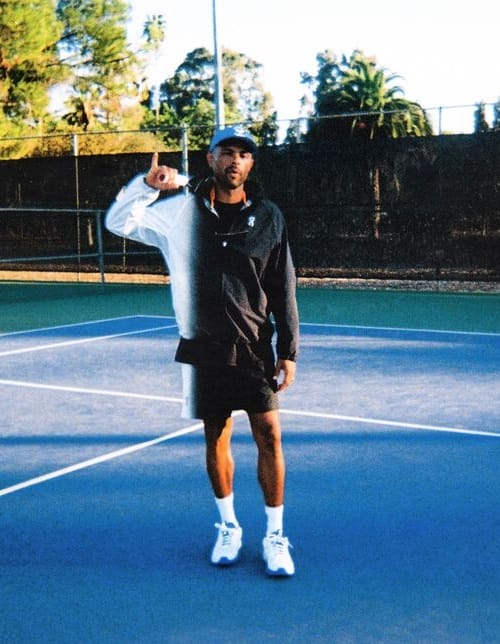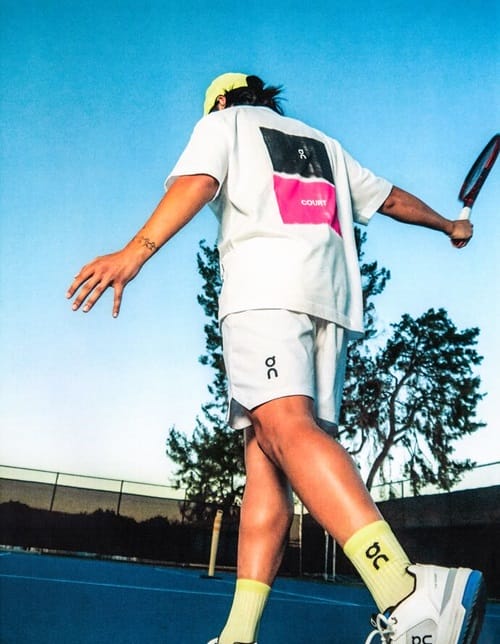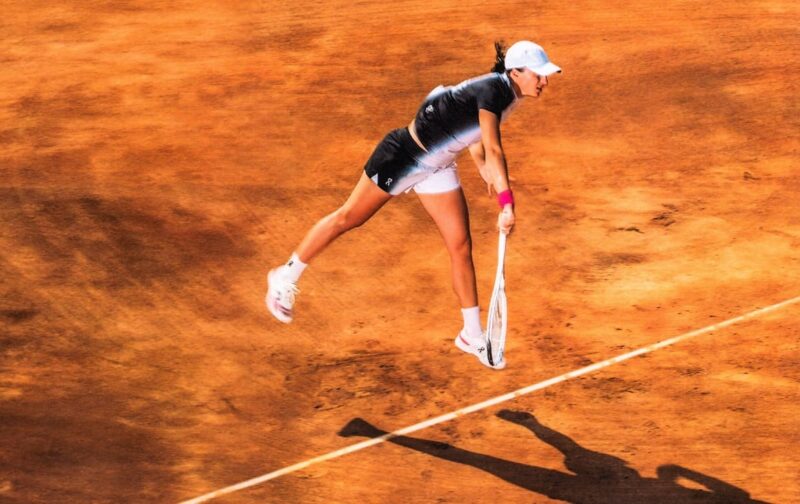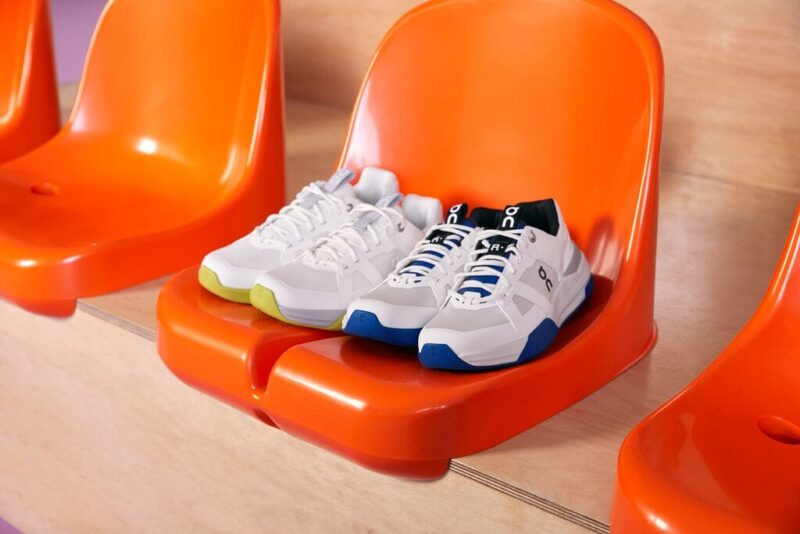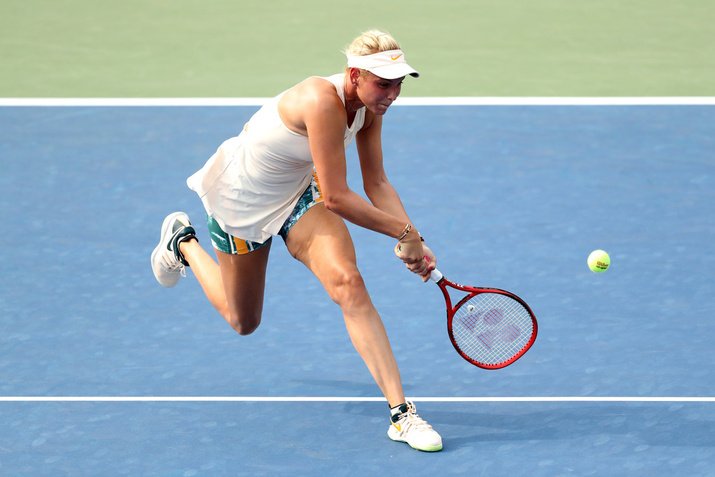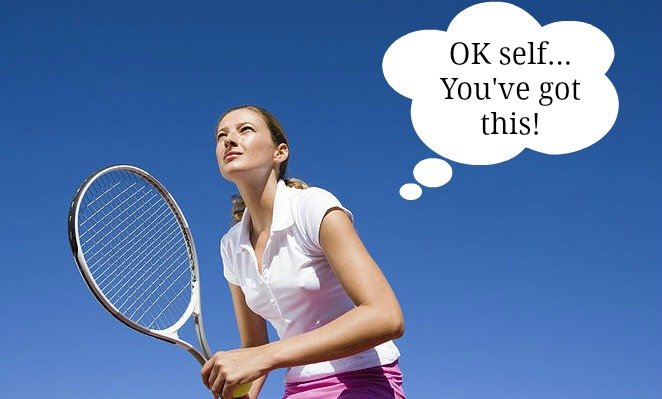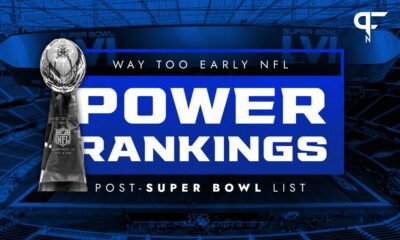Rushing the net happens more often in doubles tennis, and occasionally you’ll come across a team in which not just one, but BOTH partners will not only serve and volley, but will also come in to the net with their returns. EVERY. FRICKIN. TIME.
Uuuuugh! It’s so frustrating! They move in to the net and mentally slap you with intimidation, putting you in defensive mode, forcing you to think fast and make a passing shot.
But DON’T FALL INTO THEIR TRAP. Only the very best volleyers cope well at the net, and even though they might seem they can handle it, the odds are strongly in your favor that they can’t. Matter of fact, sometimes this intimidation is merely masking some other weakness.
Don’t get me wrong, if you’ve got a solid ground stroke, you’ll get it by them a few times. But sooner or later (no doubt sooner), your opponent will be reading you like a cheap romance novel.
So what can you do?
You’ve gotta change up your game – and often. Call your opponent’s bluff and make her work for the point! These are some great things you can do (other than your passing shot) that will help neutralize your net rusher:
- hit deep – keep your groundies low and close to the baseline, which will keep them back.
- lob – force the net rusher back by lobbing over the head of the person already at net. Both players should then move back, which will allow you and your partner to take control of the net.
- hit a dipper – using heavy topspin, hit a short return to the net rusher’s feet as she’s coming in, which will result in her hitting a shorter, higher and softer ball, thus setting up your passing shot.
- get aggressive – give the net rusher a taste of her own medicine. As she’s coming in, hit the ball as hard as you can, keeping it low and aiming for her abdomen – and move in. At best she’ll only be able to block the ball back, setting up your passing shot.
- mix it up – keep you opponent guessing by dishing out all of the above.
If you succeed in discouraging a net-rusher, you often find that all their ammunition miraculously disappears!
